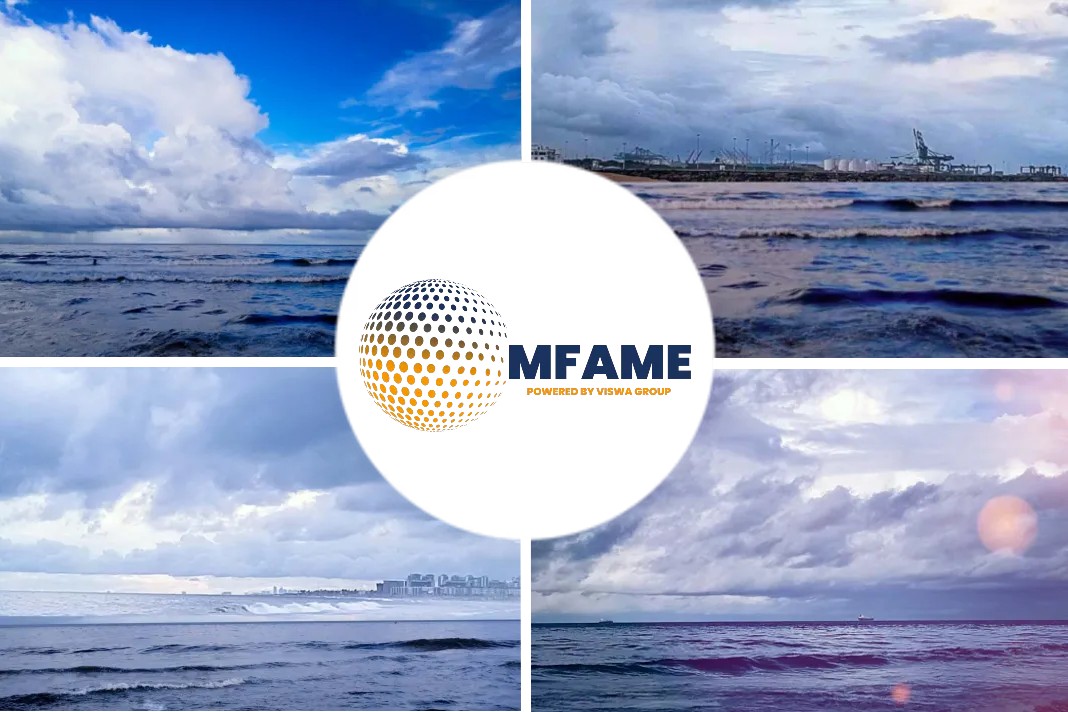
Category II cylinder oils engineered for engines that operate on low-sulphur fuels minimise complexity and reduce inventory, writes ExxonMobil global marine technology programme manager Yannis Chatzakis for Riviera Maritime Media.
New challenges for cylinder oils
The marine industry is entering a period of far-reaching change with IMO announcing the ambition to reduce greenhouse gas (GHG) emissions in international shipping. Some routes to compliance will require the development of new fuel formulations, which will require the evolution of two-stroke marine engines too. This, in turn, will create new challenges for cylinder oils.
For example, MAN Energy Solutions (MAN ES) now recommends the use of Category II cylinder oils in its Mk 9 and newer two-stroke marine engine designs; the principal qualifying requirement is centred around piston and ring pack cleanliness. Before it can receive Category II status, a cylinder oil is thoroughly tested by the leading engine designer.
But the situation is more complex than it seems. When the standard was first introduced, 100-plus BN cylinder oils were referred to as Category II oils. However, for engines running on low-sulphur fuels or LNG, MAN ES has stated that a 40 BN formulation is desirable. As a result, many vessel operators are currently using a combination of Category I 40 BN and Category II 100 BN cylinder oils in alternating patterns, based on guidance from MAN ES, to meet the required cleanliness performance. This is far from ideal as it creates unwelcome operational complexities and also the need to carry more than one cylinder oil.
New fuel formulations
To help streamline vessel operations, safely and efficiently, ExxonMobil has added a 40 BN Category II cylinder oil into its MobilGard offer, Mobilgard 540 AC, which has already received a ’no objection letter’ from MAN ES. The oil is engineered using ExxonMobil’s proprietary balanced formulation approach and has passed stringent fit-for-use assessments. Importantly, it offers a single solution for use with 0.10%, 0.50% sulphur fuels and LNG, helping vessel operators optimise their inventory.
Of course, IMO’s ambition to reduce the carbon intensity of international shipping by at least 40% by 2030, and 70% by 2050 compared with a 2008 baseline, will likely result in the need for additional cylinder oils as new fuel formulations are introduced and engine designs evolve. During a period of wide-ranging change, creating the most reliable solutions will be more important than ever, so it is vital that the maritime industry continues to work together.
Cross-sector collaboration will doubtless offer the most reliable routes to success as sharing data and insights about emerging cylinder oil challenges will help ensure an integrated transition to a lower-carbon future for the marine industry. That’s why ExxonMobil is already working with engine designers to create tomorrow’s cylinder oil formulations, today.
During a period of far-reaching change, it is more important than ever for vessel operators to know what’s happening in their engines, which is why ExxonMobil recommends the use of a fully featured scrape-down oil analysis service. Regular testing can help spot issues before they become problems, adding peace of mind in a changing world by helping minimise unscheduled maintenance and costly downtime.
IMO’s emission targets could be revisited in 2023, but whatever happens one thing is clear – vessel operators already need to be thinking about their future cylinder oil requirements today.
Did you subscribe to our Newsletter?
It’s Free! Click here to Subscribe.
Source: Riviera Maritime Media





















